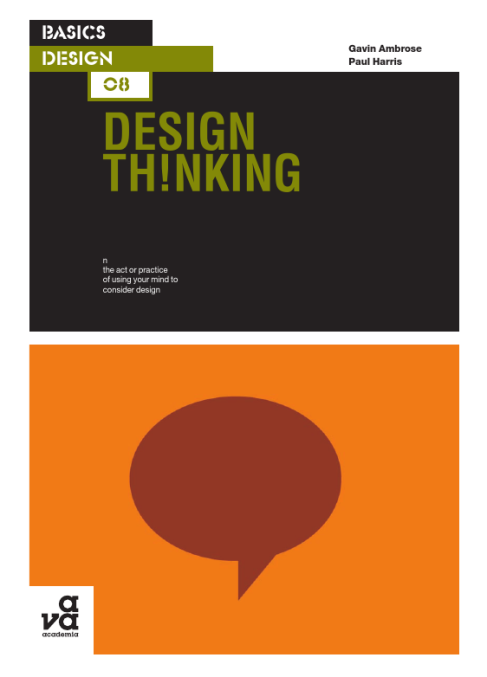Last Monday we began a Design Charrette. Our task was to design something that would give people who have recently moved to Brisbane the opportunity to find new areas of Brisbane that are not very well known. Our tour was required to cater to a specific audience with a specific interest or need. An example given to us was pregnant mothers finding out where to shop for their babies, and where to find other mothers of babies. My group members for this task were Pete and James (From Project 2), and also Mika and Jennifer.
I was pretty confident before starting this charrette as I had learned a lot of new things before this task. I had also been given experience with receiving a brief and trying to complete it on a very close deadline. I felt that a lot of the things I learned in my tutorials would assist a lot, such as the hands on activities, and the tutor’s advice. I attempted to include every suggestion into this project.
We decided that our tour would show people the lesser known coffee shops in the center of Brisbane (Translink Zones 1 and 2.). At first our target audience was going to be middle aged business men and women, but after some more thought, we decided that we should instead cater to university students who have just moved to Brisbane to do their university course. After doing some research, we decided that catering to University students was the better idea because: 76% of coffee drinkers start drinking at the age of 15-24 (Which encompasses a huge portion of our demographic), coffee shops are a great place for socialising (even for people who don’t like coffee), and many university students want a cup of coffee in the morning or late at night so that they can be awake for lectures or assignment work. We decided that we would create a hop on/hop off bus tour that would start at QUT Gardens point (KG students can take the free campus shuttle to GP) and this bus would stop at 6 hand picked coffee destinations (We have a current list, but this list can change in the future with other cool places). We called our tour Coffee Run.
The 48 hour time frame was a drastic change from both the Mini Charrette which was rushed in the space of 3 hours, and Project 2, which took 2+ weeks from brief to presentation. We spent 8 hours on Tuesday as a group discussing and designing our solution. We divided up our workload in a fair way that allowed people to work in their strongest areas.
We all used advice and feedback given to us from previous projects. We included a logo, and we made the presentation follow the brand’s theme, both of which received positive feedback in Project 2. We also got James to present again, as our tutor said that he was great at it, and it also eliminated the distracting and time-wasting changing of presenters. It is great that we did all the preparation work, as I learned something new from each project and the mini charrette, and used each piece of new knowledge and advice in the Design Charrette.
Again, it was a pleasure to work with Pete, James, Mika and Jennifer, as we communicated well to each other, and we shared similar design ideas, which meant that we didn’t argue about any decisions that were made. We each had different strengths and weaknesses which made it easy to break up the work in order to cater to them.
This unit gave me a huge amount of new insight into the deign industry and reaching a deadline, no matter how close or far away. This isn’t what I expected to learn in this unit, but it is incredibly helpful nonetheless. I learned to more confident in talking about my design ideas with other people in my group, and I even feel more creative. I’m very happy with my personal progress in this unit, and it’s made me even more excited to be a part of the industry at the end of my course.


